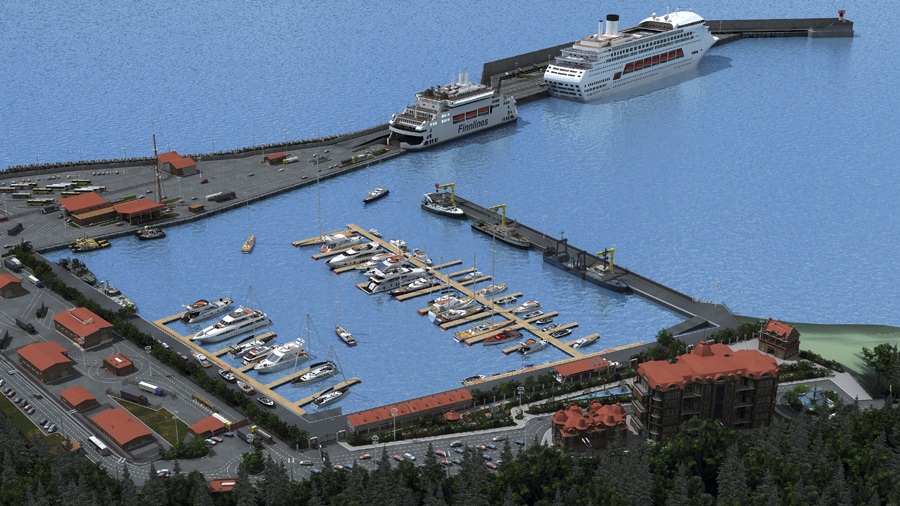Before commencing design and construction work on a terminal, port, or other infrastructure facility, a whole host of questions regarding its future operation must be answered:
- most importantly, will its services be needed?
- which requirements does it have to meet to ensure competitiveness?
- can it be built on existing property?
- if there are several land plots, which one is the most suitable?
- will current road and rail capacity be able to cope with the planned cargo-flows?
- which fundamental technical solutions will be best to adopt?
- finally, will the project be commercially effective, and what can be done to make it still more effective?
Morstroytechnology will help you answer all these questions and more.

1. Assessing market position:
a. Analyzing cargo flows in the region and competitor ports. Assessing trends and tendency of changes in cargo flows. Forecasting cargo flows.
b. Bench-marking for cargo and cargo flows of interest. Assessing freight owner’s requirements to level of service.
c. Assessing the competitive position of a port (terminal) with respect to the following key criteria:
i. Technological capabilities;
ii. Level of service;
iii. Road and rail access roads and bottlenecks;
iv. Rates;
v. Comparing logistic chains (full logistics costs) using the terminal and on competing routes;
vi. Environmental risks.
d. Developing proposals regarding improvement of competitiveness.
2. Assessing technical condition:
a. Hydro-technical facilities;
b. Process equipment;
c. Condition of rail and road transport infrastructure.
3. Designing a programme for port (terminal) development. Proposing technical solutions and comparing possible options, estimating costs, time schedule, risks:
a. Implementing new technology;
b. Re-orienting to new types of cargo;
c. Upgrading the terminal to enable it to accept larger vessels;
d. Refurbishment and reconstruction of hydro-technical facilities;
e. Organizing cooperation with the railway.
4. Structuring the financial model of a project:
a. Assessing investment needs;
b. Estimating the level of operating costs (taking into account regional specifics);
c. Assessing project efficiency and project sensitivity.








